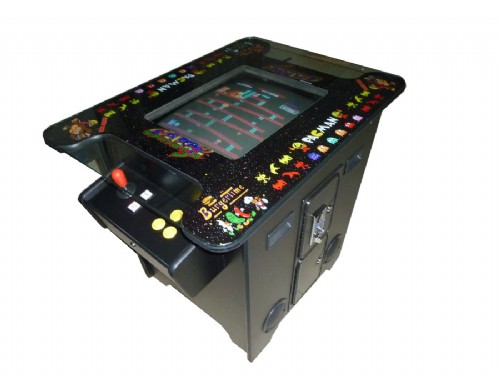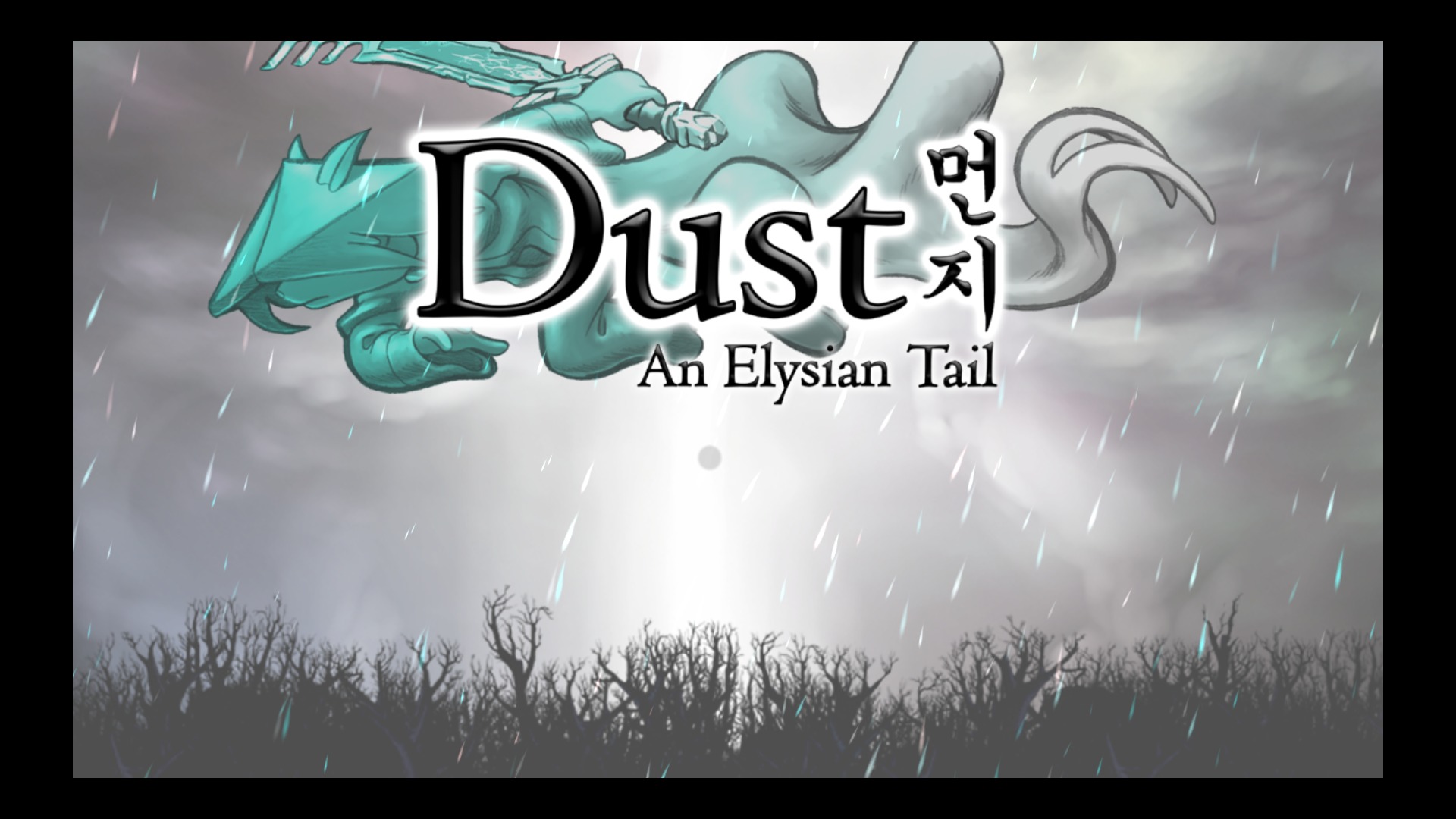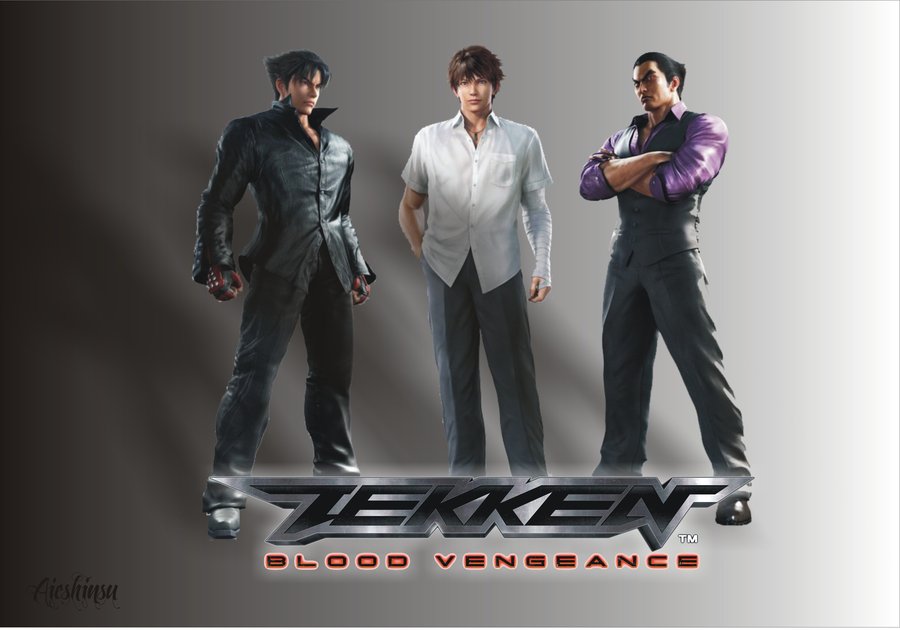
The year was 1985 I believe, I was at Peter Piper Pizza at El Centro California. I can still remember the atmosphere surrounding the Arcade room. Then, there it was, a mysterious looking machine with funny sounds, and joysticks. It looked like this :
 I was mesmerized! I fell in love with a Robot (insert dramatic music)! That is why Peter Piper Pizza became my favorite place.
I was mesmerized! I fell in love with a Robot (insert dramatic music)! That is why Peter Piper Pizza became my favorite place.
Pac-Man revolutionized the video gaming industry believe it or not. At least in my opinion. Of course Space Invaders and Asteroids were great, but Pac-Man changed all that. Today we commemorate 30 years of his existence, and I salute you dear yellow cannibal circle, for giving us hours of entertainment, and for inspiring other generations of gamers.
Here is a little background on The Mighty Yellow One courtesy of Wikipedia:
Pac-Man (パックマン Pakkuman?) is an arcade game developed by Namco and licensed for distribution in the U.S. by Midway, first released in Japan on May 22, 1980.[1][2] Immensely popular in the United States from its original release to the present day, Pac-Man is universally considered as one of the classics of the medium, virtually synonymous with video games, and an icon of the 1980s popular culture. Upon its release, the game—and, subsequently, itsderivatives—became a social phenomenon[6] that sold a bevy of merchandise and also inspired, among other things, an animated television series and a top-ten hit single.[7]
When Pac-Man was released, the most popular arcade video games were space shooters, in particular Space Invaders and Asteroids. The most visible minority were sports games that were mostly derivative of Pong. Pac-Man succeeded by creating a new genre and appealing to both genders.[8] Pac-Man is often credited with being a landmark in video game history, and is among the most famous arcade games of all time.[9] The character also appears in more than 30 officially licensed game spin-offs,[10] as well as in numerous unauthorized clones and bootlegs.[11] According to the Davie-Brown Index, Pac-Man has the highest brand awareness of any video game character among American consumers, recognized by 94 percent of them.[12] Pac-Man is one of the longest running video game franchises from the golden age of video arcade games, and one of only three video games that are on display at the Smithsonian in Washington D.C., (along with Pong and Dragon’s Lair).[13] For the 30th anniversary of its release, Google changed its homepage logo to a fully playable version of the game.
The player controls Pac-Man through a maze, eating pac-dots. When all dots are eaten, Pac-Man is taken to the next stage. Four monsters (Blinky, Pinky, Inky and Clyde) roam the maze, trying to catch Pac-Man. If a monster touches Pac-Man, a life is lost. When all lives have been lost, the game ends. Pac-Man is awarded a singlebonus life at 10,000 points by default—DIP switches inside the machine can change the required points or disable the bonus life altogether.
Near the corners of the maze are four larger, flashing dots known as power pellets that provide Pac-Man with the temporary ability to eat the monsters. The monsters turn deep blue, reverse direction, and usually move more slowly. When a monster is eaten, its eyes remain and return to the monster box where it is regenerated in its normal color. Blue monsters flash white before they become dangerous again and the amount of time the monsters remain vulnerable varies from one board to the next, but the time period generally becomes shorter as the game progresses. In later stages, the monsters do not change colors at all, but still reverse direction when a power pellet is eaten.
In addition to Pac-dots and power pellets, bonus items, usually referred to as fruits (though not all items are fruits) appear near the center of the maze. These items score extra bonus points when eaten. The items change and bonus values increase throughout the game. Also, a series of intermissions play after certain levels toward the beginning of the game, showing a humorous set of interactions (the first being after level 2) between Pac-Man and Blinky (the red monster).
Monsters
Pac-Man‘s arcade cabinet refers to the enemies as “monsters”. When the Atari 2600 home version of the game was released with pale, flickering enemies, the manual dubbed them “ghosts”. The TV series refers to them as “ghost monsters”.
The monsters are bound by the maze in the same way as Pac-Man, but generally move slightly faster than the player, although they slow down when turning corners and slow down significantly while passing through the wraparound tunnels on the sides of the maze (Pac-Man passes through these tunnels unhindered). Pac-Man slows down slightly while eating dots, potentially allowing a chasing monster to catch him.
Blinky, the red monster, also speeds up after a certain number of dots are eaten (this number gets lower in higher levels).
Perfect play
A perfect Pac-Man game occurs when the player achieves the maximum possible score on the first 255 levels (by eating every possible dot, energizer, fruit, and monster) without losing a single life then scoring as many points as possible in the last level.[21][22] As verified by the Twin Galaxies International Scoreboard on July 3, 1999, the first person to achieve the maximum possible score (3,333,360 points) was Billy Mitchell of Hollywood, Florida, who performed the feat in about six hours.[22][23]
In September 2009, David Race of Beavercreek, Ohio, became the sixth person to achieve a perfect score. His time of 3 hours, 41 minutes, and 22 seconds set a new record for the fastest time that a perfect score had been reached.[24]
In December 1982, an 8-year-old boy, Jeffrey R. Yee, supposedly received a letter from U.S. President Ronald Reagan congratulating him on a worldwide record of 6,131,940 points, a score only possible if the player has passed the Split-Screen Level.[22] Whether or not this event happened as described has remained in heated debate among video-game circles since its supposed occurrence. In September 1983, Walter Day, chief scorekeeper at Twin Galaxies, took the US National Video Game Team on a tour of the East Coast to visit video game players who claimed they could get through the Split-Screen. No video game player could demonstrate this ability. In 1999, Billy Mitchell offered $100,000 to anyone who could provably pass through the Split-Screen Level before January 1, 2000; the prize went unclaimed.
===============
Today we got a little surprise from Google, the PAC-MAN game in their logo. People in Facebook and Twitter, started posting and trending on the subject.
Live Long And Prosper Yellow Mighty Circle!
[youtube id=”pIrvpn3k9A4″ width=”620″ height=”360″]














Well done. Superior work Burgos. Pacman FTW!
Thank you Captain!!
How many countless thousands of hours and quarters did kids of our generation spend in any given arcade playing this highly addictive game? Kids nowadays have NO IDEA what a real video game is. We tell them of the game cabinets and artwork, we get a blank stare.
Happy 30th Anniversary, Pac-Man! Can I get a refund on those quarters I lost?
Wow. Thank you Burgos. My knowledge of Pac-Man-abilia has just been exponentiated.
Thanks for the comments guys. Do you remember what a victory was when your parents would give you a quarter after you begged and begged? And dont get me started with pole Position! Games back then were awesome! Then Nintendo..WOW! Mario? Contra? Good Times!!
My son looks at Pac Man and games of this generation as "cute" but when I introduced him to pac man he was instantly addicted & loved it. All the current PS3,Xbox games are about visual advancement but it still comes down to a basic good game.
Nice site,i have bookmarked it for later use, thanks.
I appreciate you sharing this blog.Much thanks again. Keep writing.
All the current PS3,Xbox games are about visual advancement but it still comes down to a basic good game.